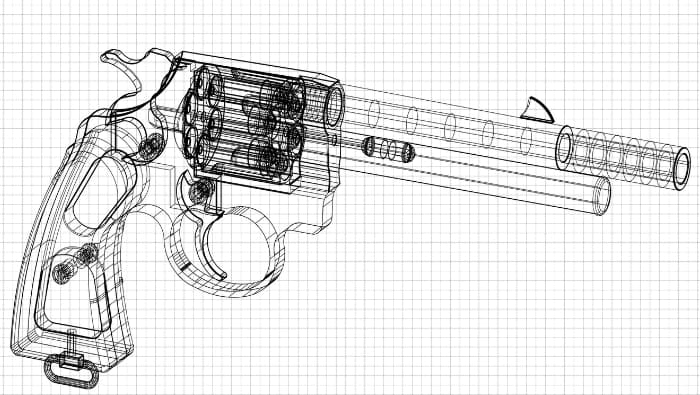Timeline of Key Developments Related to Pistols
13th century – Earliest known handguns (predecessors to pistols) are developed in China. These consist of tubes of gunpowder ignited by fuses.
15th century – Hand cannons become more sophisticated in Europe, with early triggers and handles added. These evolve into earliest true pistols.
Early 16th century – Wheel lock pistols are invented. This uses a spinning steel wheel to create sparks and ignite gunpowder. Allows pistols to be more portable.
Mid 16th century – Flintlock pistols introduced. Flint striking steel creates sparks to ignite gunpowder. Becomes the predominant pistol firing mechanism for over 200 years.
18th century – Pistols become popular as officer’s weapons and as civilian defense weapons in Europe and America. Duelling pistols are widespread.
Early 19th century – Percussion cap pistols developed. This uses percussion caps with shock sensitive explosive instead of flintlock mechanism. Becomes most widely used pistol system of the era.
1835 – Samuel Colt patents the first multi-shot revolving pistol, allowing multiple shots without reloading. This massively increases firepower of pistols.
1850s – Effective cartridge ammunition developed, replacing loose powder and balls. Pistols can now fire fixed cartridges.
1870s – Effective single action and double action revolvers are widespread. Iconic Colt Single Action Army revolver introduced in 1873.
Late 19th century – Semi automatic pistols developed, including early Borchardt and Luger pistols using the toggle-lock mechanism.
Early 20th century- Semi autos become popular, including the Colt 1911 which becomes iconic. Revolvers and automatics co-exist.
Late 20th century – Rise of modern polymer frames, double action pistol mechanisms, high capacity magazine fed pistols. Pistols continue to evolve.
The evolution of the pistol over the centuries is a story of innovation meeting the demands of conflict. This formidable firearm began innocuously in 13th century China as a simple tube of gunpowder and fuse – but it was the first spark that would ignite a relentless pursuit for more advanced and deadly hand-held weapons.
By the 15th century, pistols had intrigued European weapon-smiths who refined triggers and handles, edging closer and closer to the versatile and portable pistol we know today. The 16th century ushered in swift advances, including spinning steel wheels striking sparks to ignite gunpowder with dramatic flair. The resounding crack of flintlocks would dominate battlefields for over 200 years, steel raining sparks upon steel in factories of fire.
As pistols rapidly spread through the 18th and 19th centuries, they were elevated beyond weapons of war, taking on more ornate and sleek forms for officers and gentlemen in the streets alike. Firing mechanisms were further perfected with percussion caps and slick metallic cartridges, lending the pistols an aura of prestige and glamor to match their deadly capability.
The romance culminated in Colt’s 19th century revolvers with rotating chambers, gracing the hips of Wild West cowboys and giving rise to some of early America’s most iconic six-shooters. By the early 20th century, the semi-automatic pistol and automatic rifle signaled the next frontier of warfare dominated by mass-produced metal and efficiency.
Yet through eras of sweeping change, the pistol remained close at hand – small, quick, intimate, finding itself easily in a pocket, a briefcase, or tucked against the curves of a woman’s waist. More than a weapon, it had become an accessory and symbol woven into stories, ceremonies, crimes, and daily life-ever finding new ways, both bright and dark, to leave its mark on history.


0 Comments